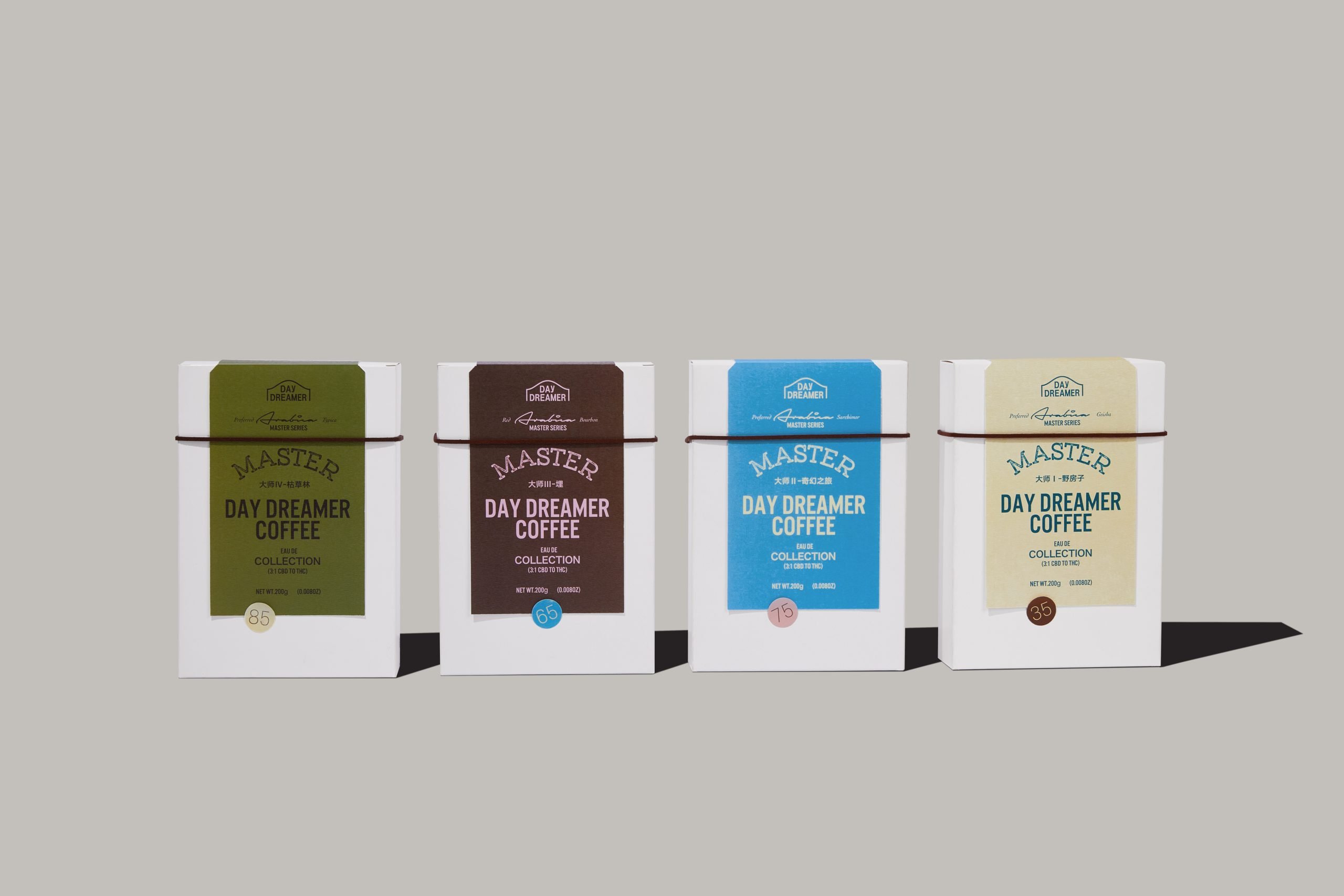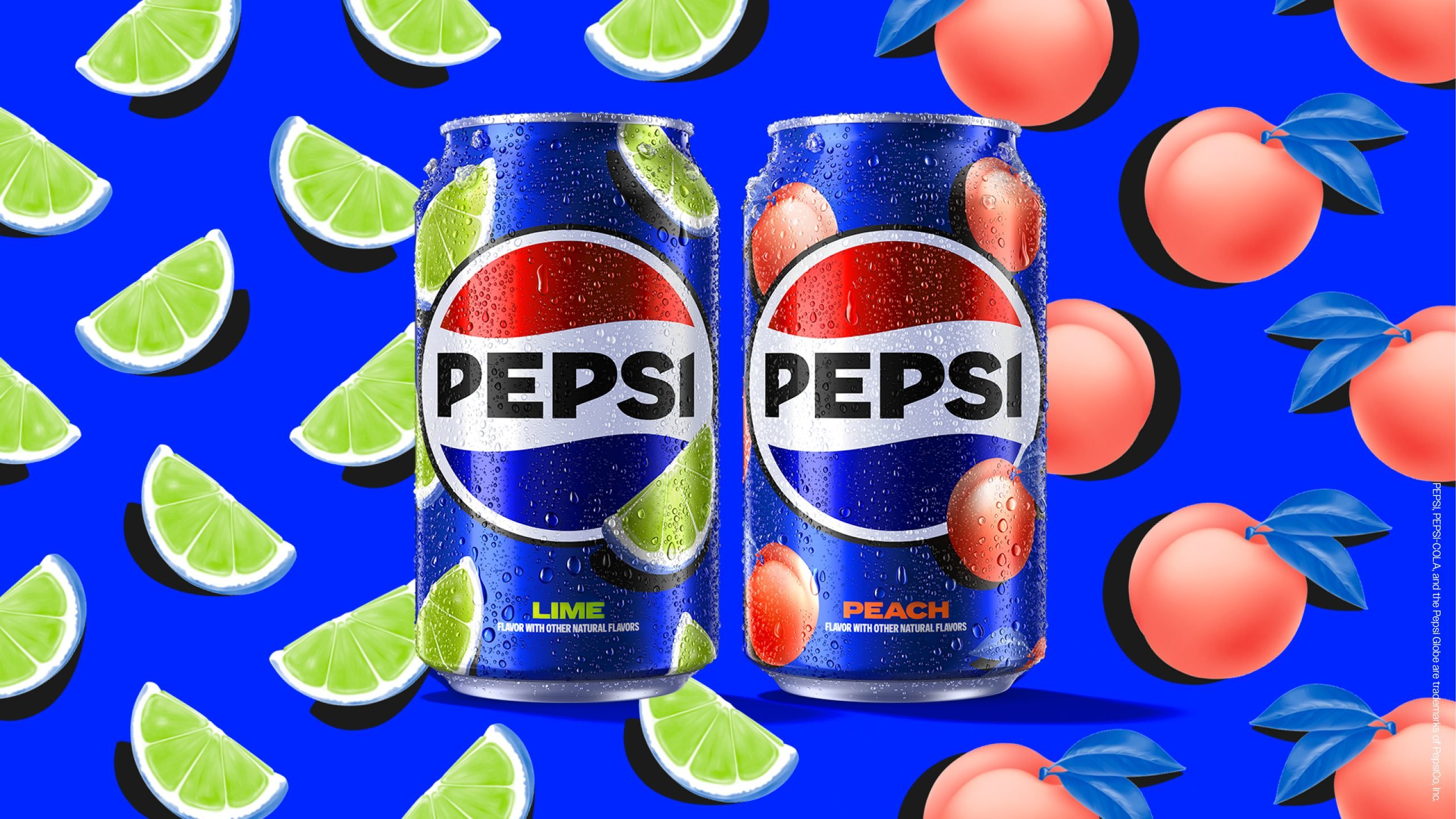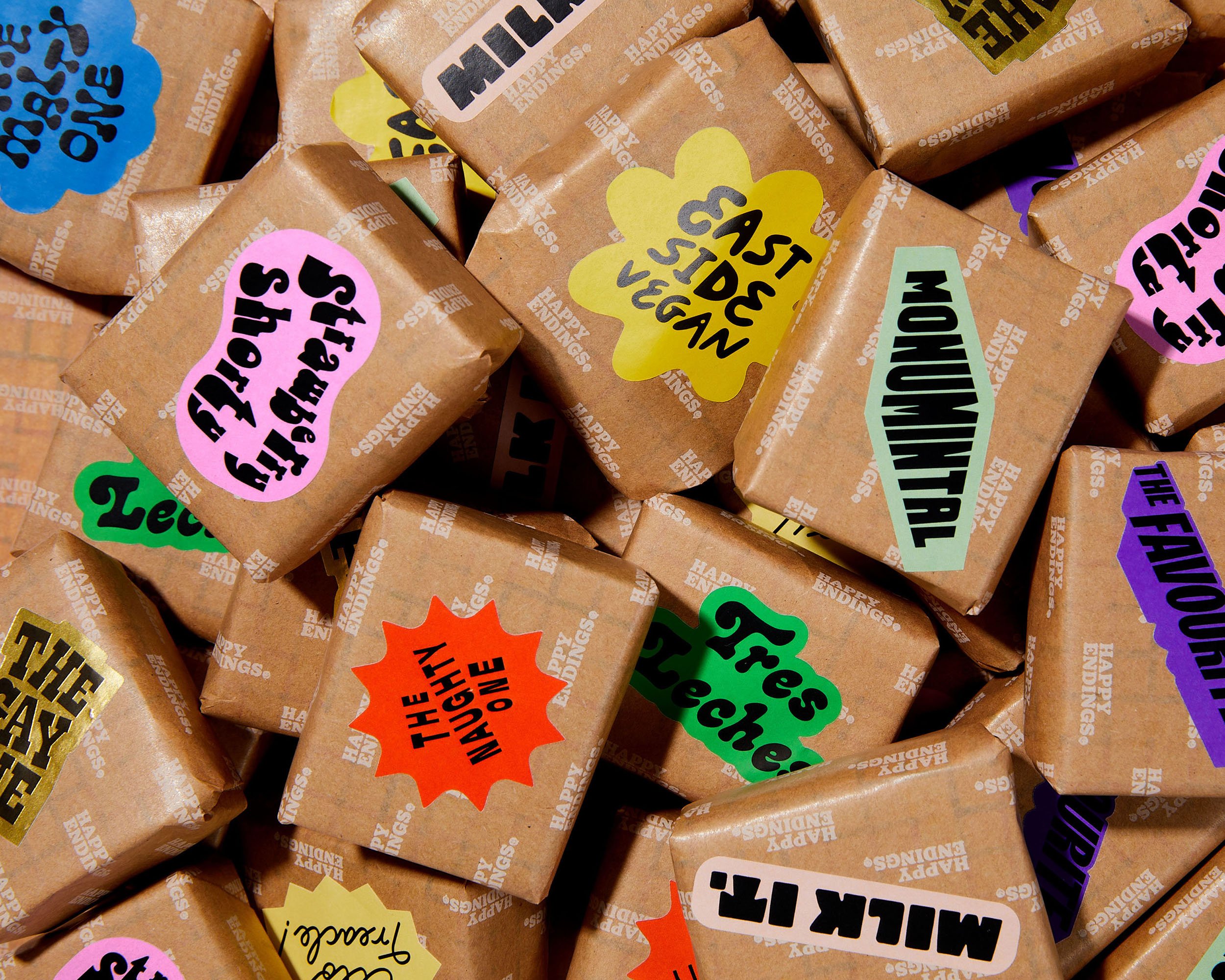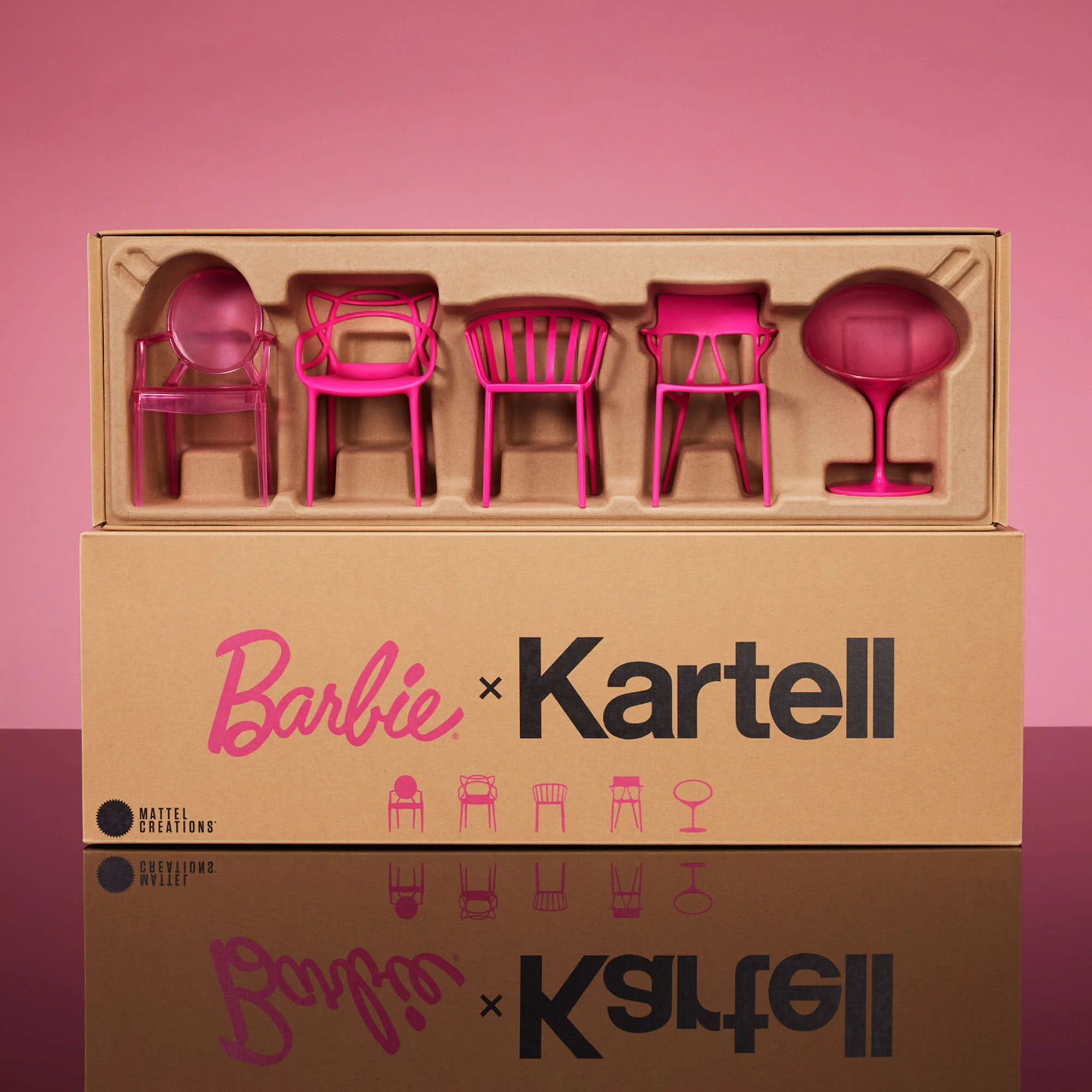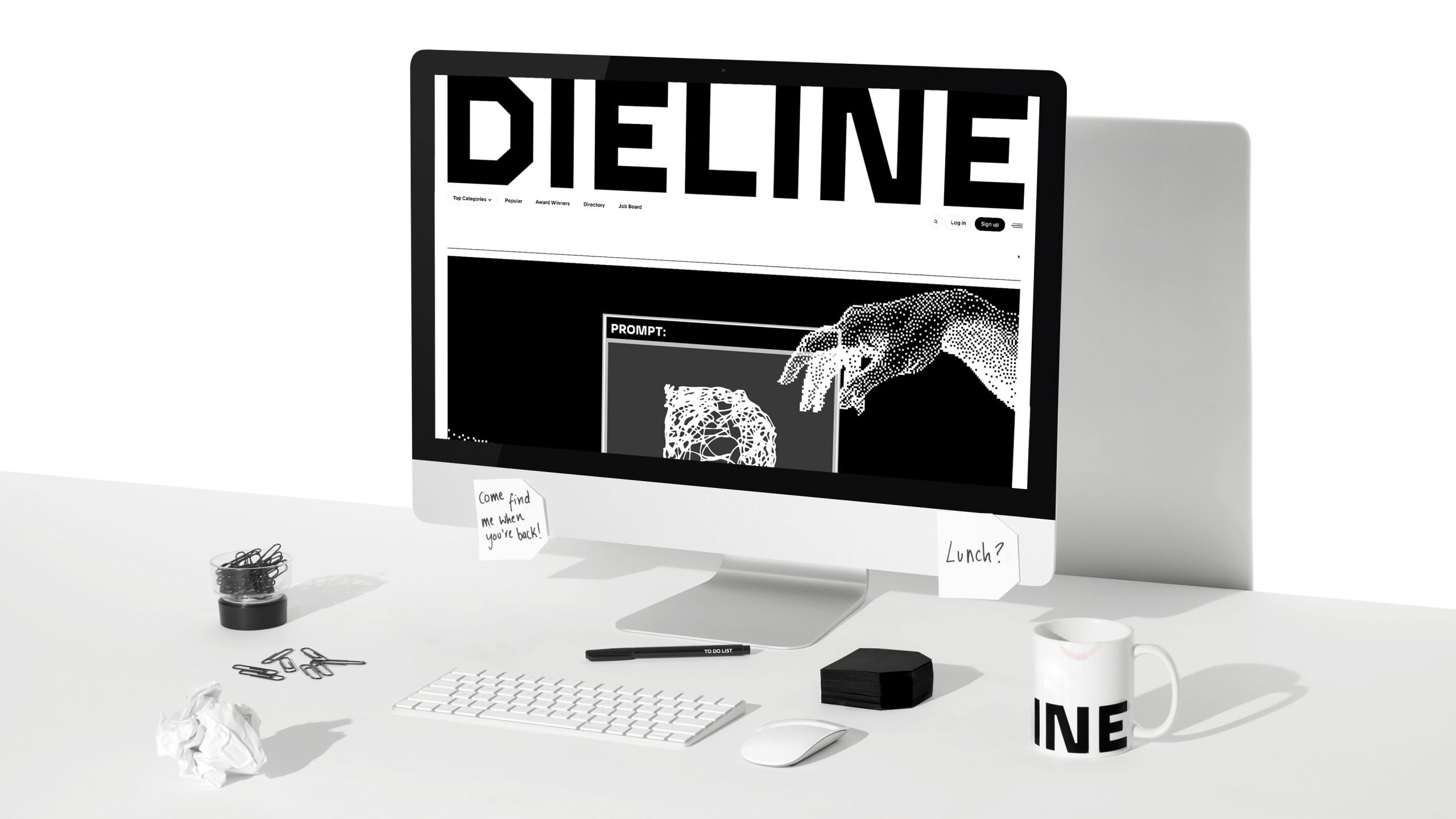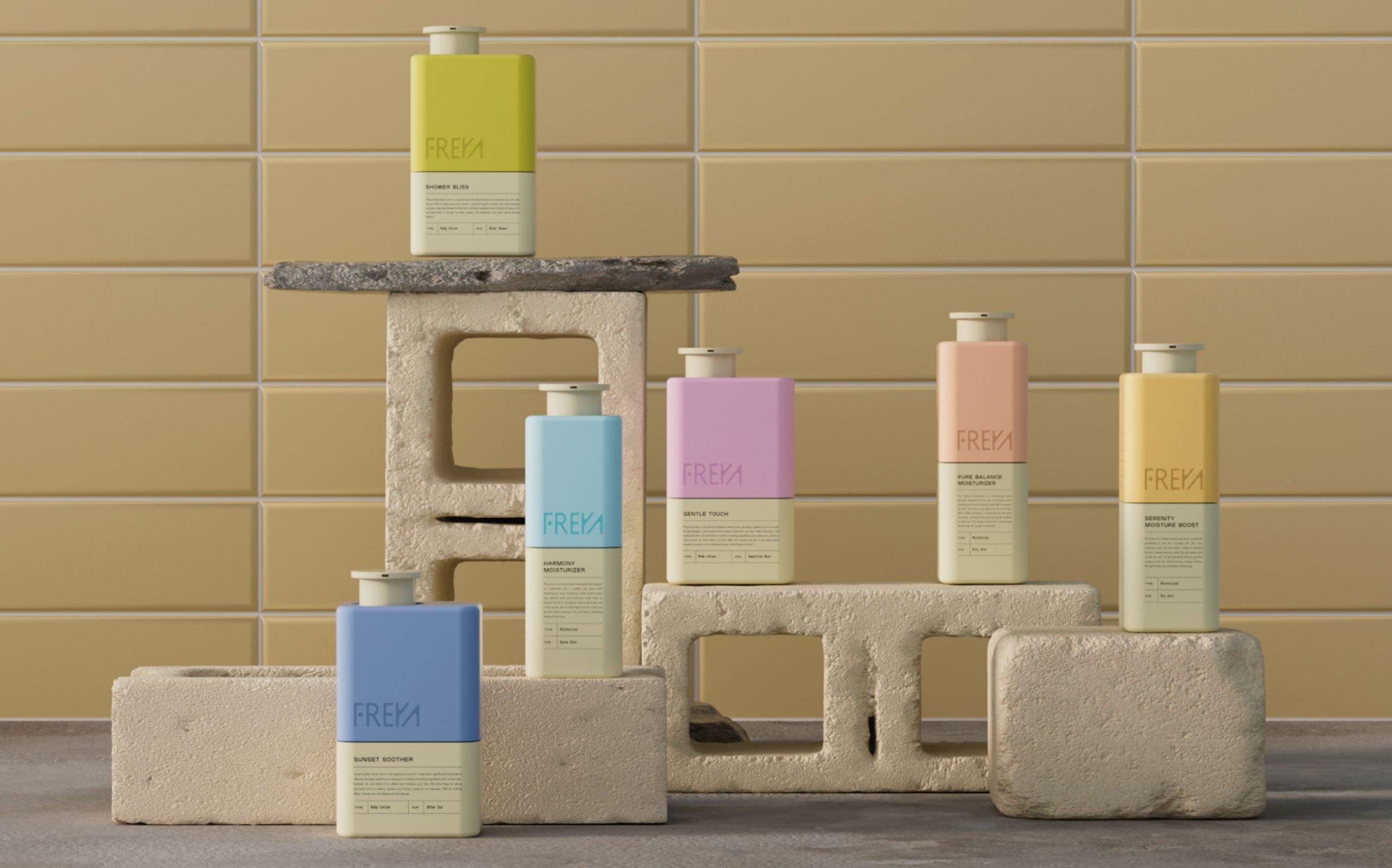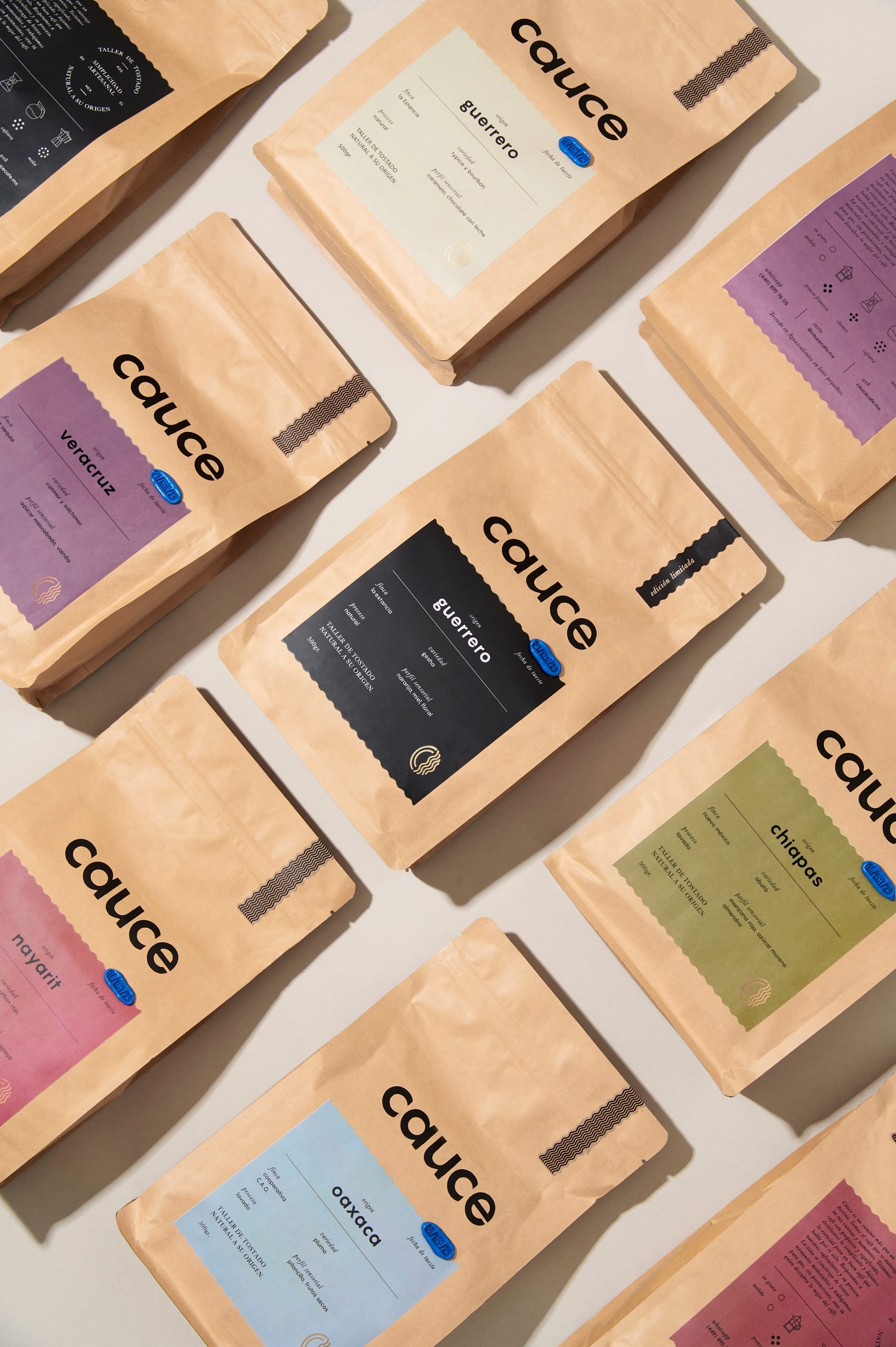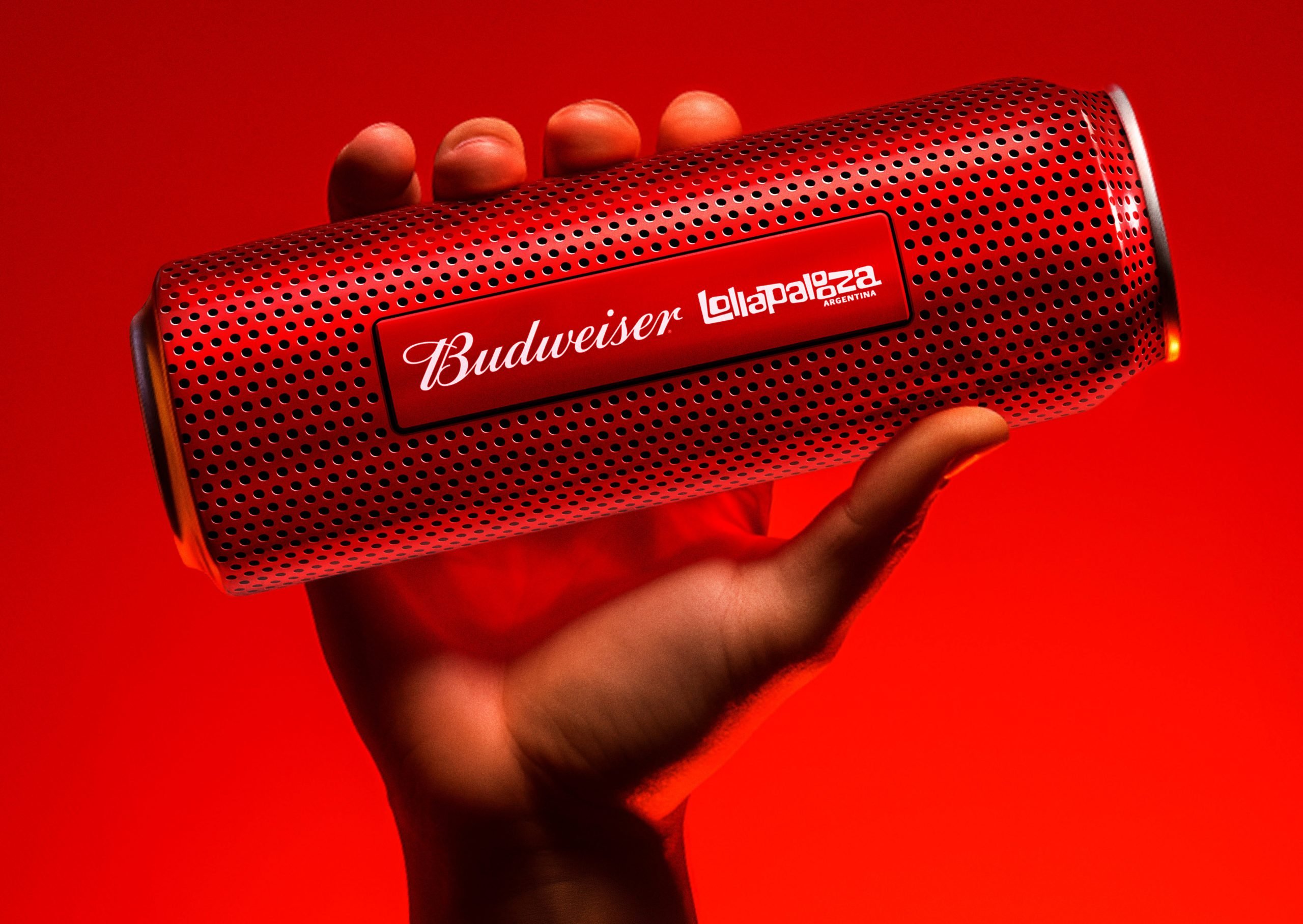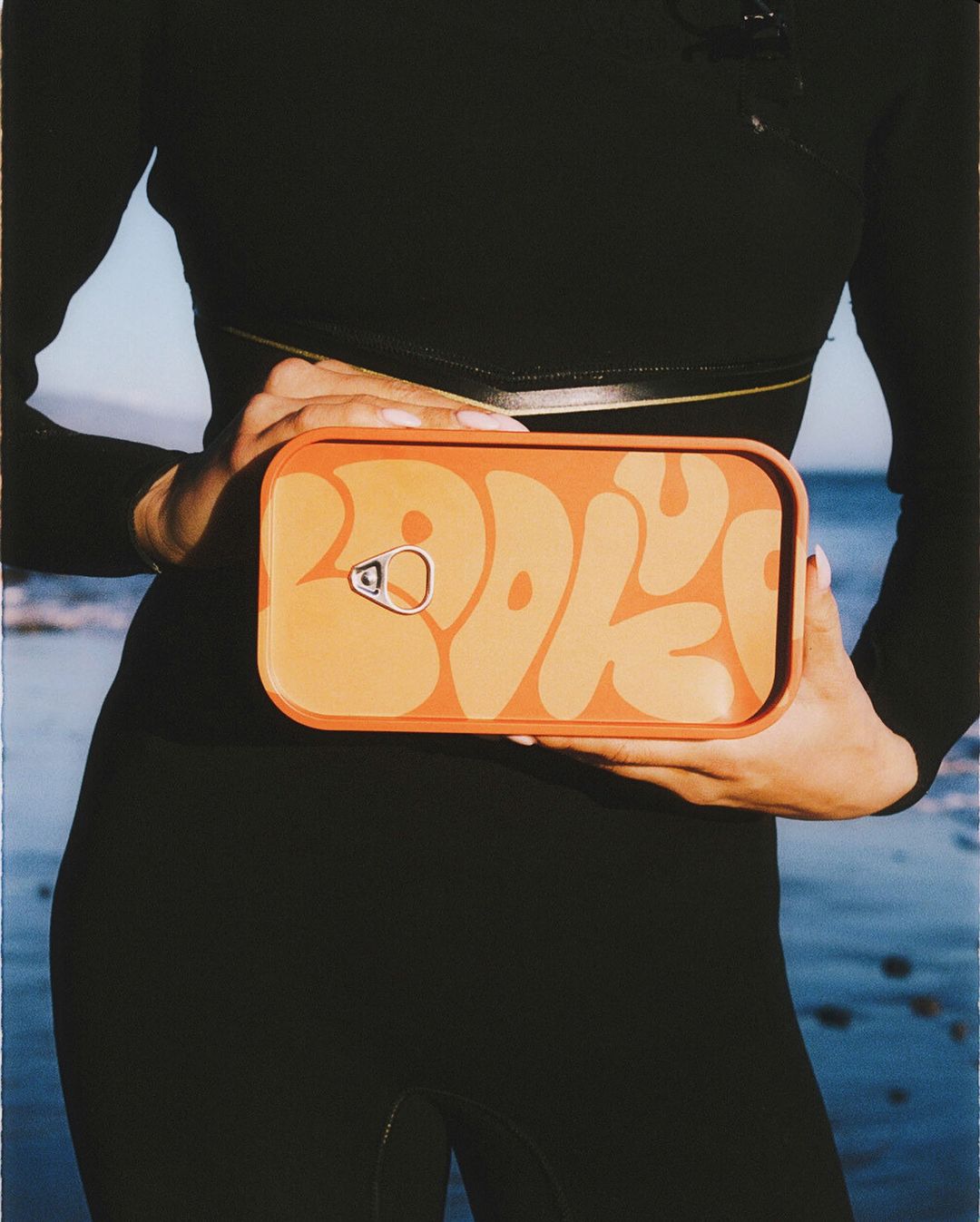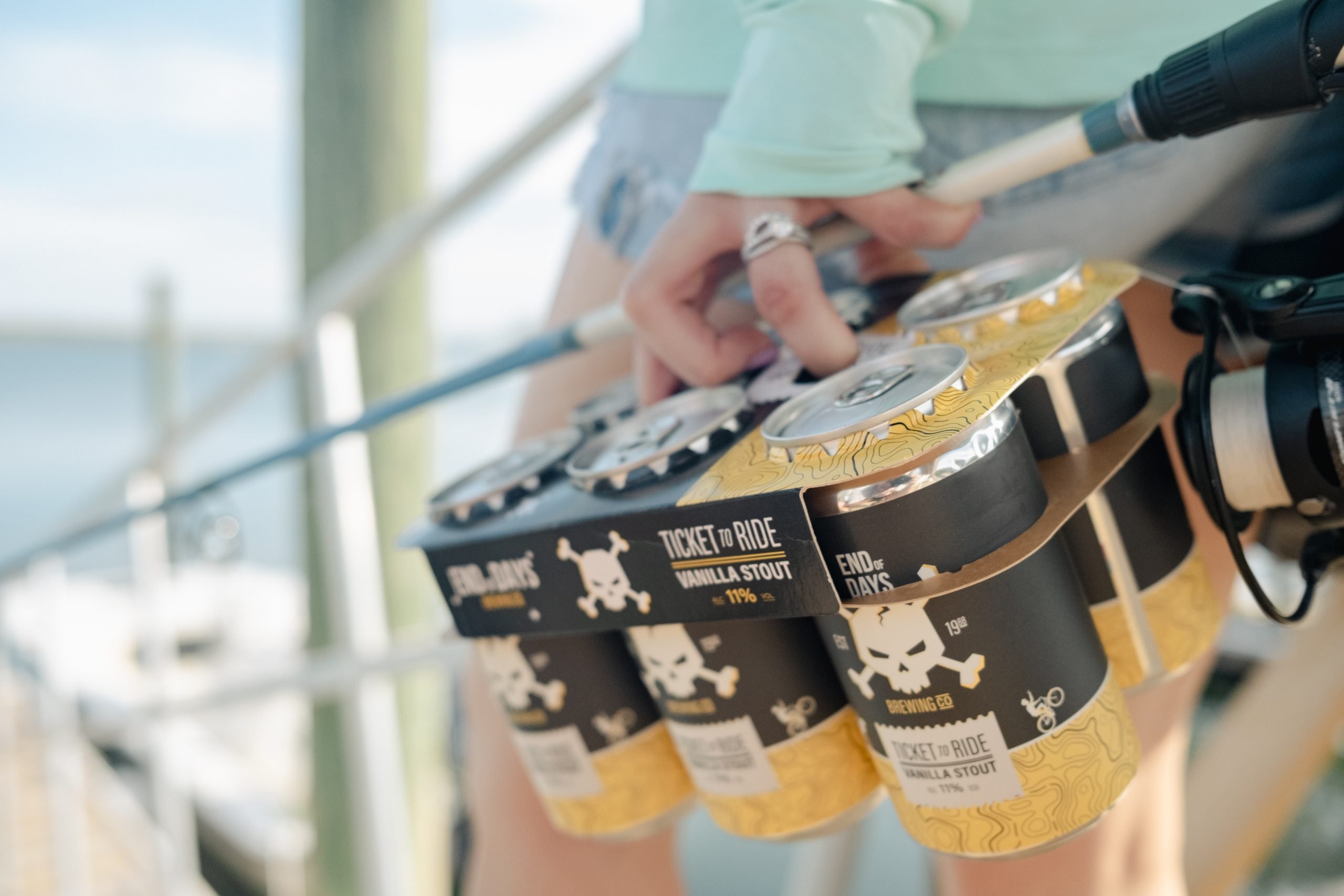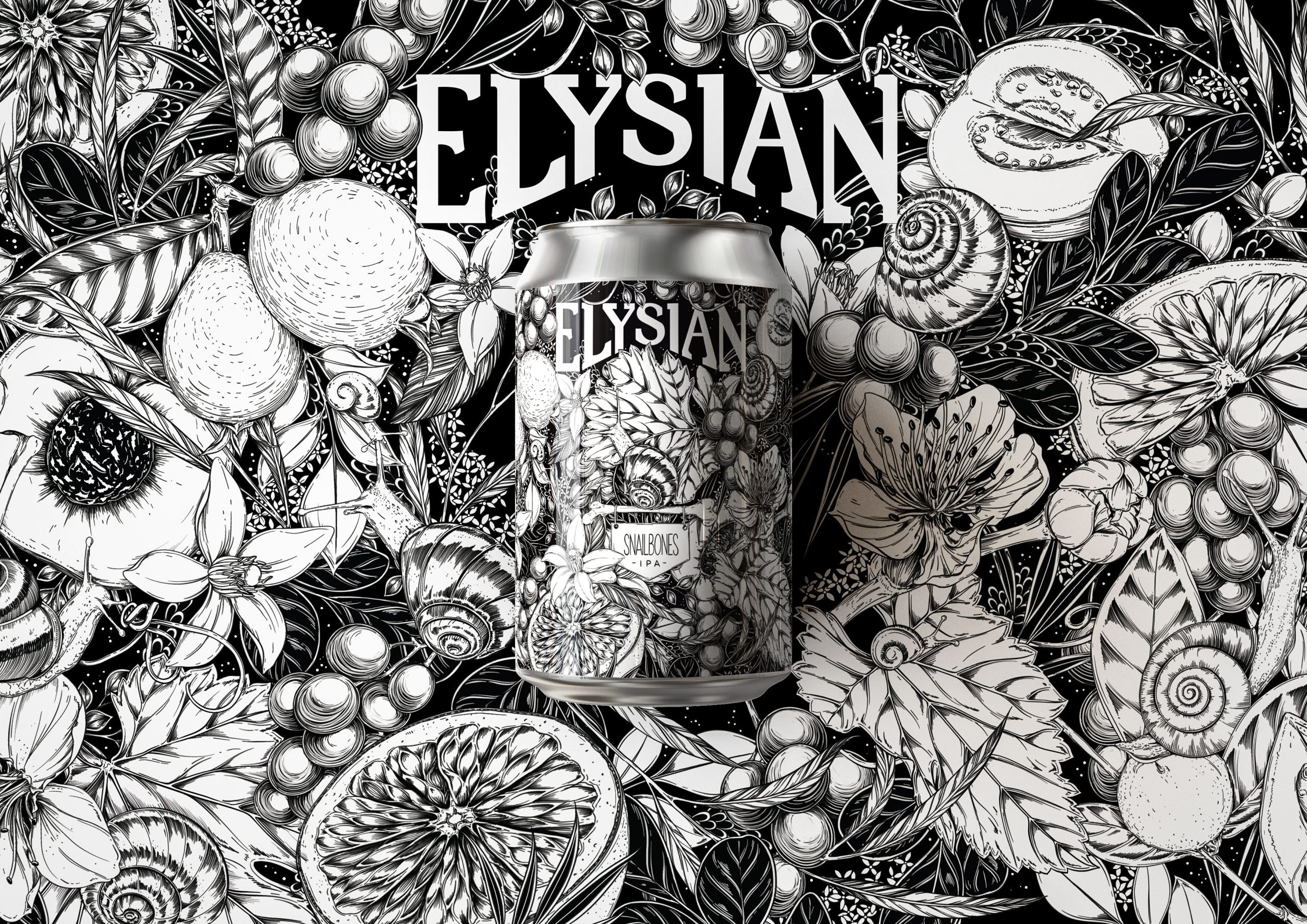OP art, or optical art, came to prominence in the early 60s and functions like an optical illusion. Typically, the form embraces geometric patterns, and when viewed, you can find hidden images, or it can give the impression of movement. Even when you come across it on your phone while youâre scrolling through Instagram, it can have a bewildering effect.
In other words, that shit could make you dizzy and fall down on the train if you stare at it a little too long. Or maybe thatâs just us.
